
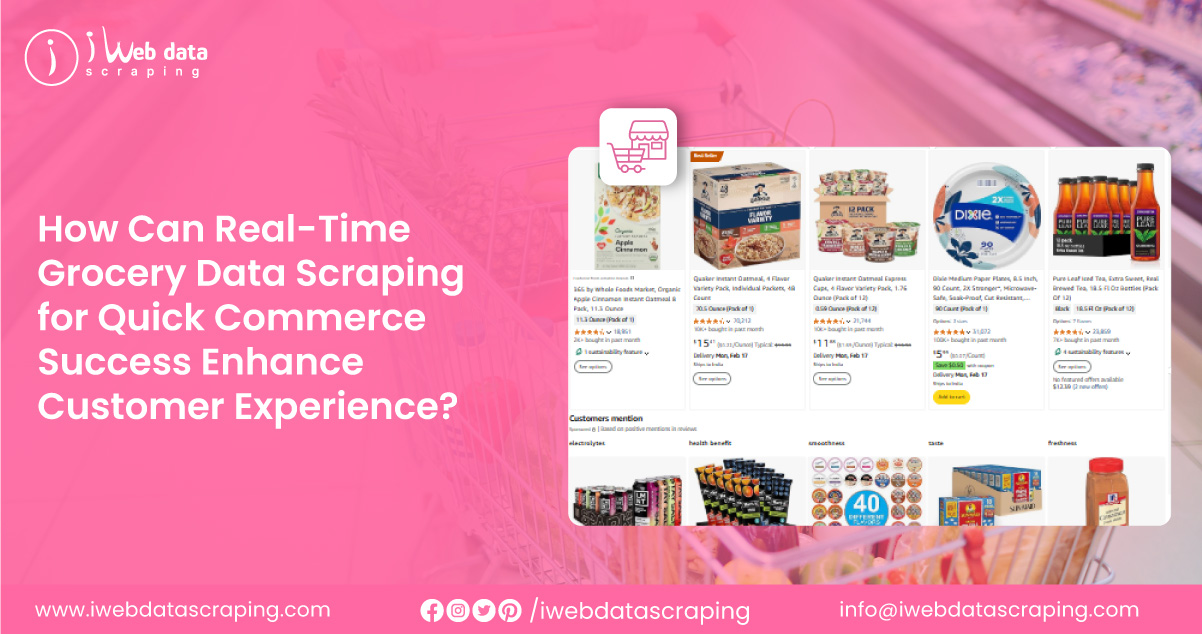
In the fast-paced world of quick commerce, where consumers demand ultra-fast delivery times for their grocery and daily essentials, businesses must be equipped with cutting-edge tools to maintain competitiveness and deliver the best customer experiences. Real-Time Grocery Data Scraping for Quick Commerce Success is one of the most robust approaches to help businesses achieve this. Real-time data scraping extracts valuable information from websites or apps, allowing businesses to monitor and analyze dynamic data such as pricing, availability, stock levels, consumer preferences, and other vital metrics.
Quick commerce, or q-commerce, is a subset of e-commerce focusing on ultra-fast delivery, typically within a few hours or minutes. The rapid delivery of grocery and convenience items, such as food, beverages, cleaning products, and more, has become necessary for many modern consumers. To succeed in this competitive landscape, businesses must adopt data-driven strategies. Web Scraping to Track Real-Time Grocery Demand in Quick Commerce is the backbone of these strategies. Businesses need to react quickly in a world where consumer demand can fluctuate rapidly. Quick Commerce Data Scraping Services allow companies to monitor inventory levels, adjust pricing in response to demand changes, and meet customer expectations without delay. Here, we delve into why real-time grocery data scraping is critical for quick commerce success.
1. Enhanced Pricing Strategies: Pricing is one of the most significant factors affecting customer decisions in grocery shopping. In the quick commerce market, where competition is intense, and margins are often thin, businesses must have access to accurate and up-to-date pricing data to optimize their pricing strategies. By scraping real-time grocery data from grocery platforms, retailers can track item price fluctuations, monitor competitor pricing, and adjust their prices accordingly.
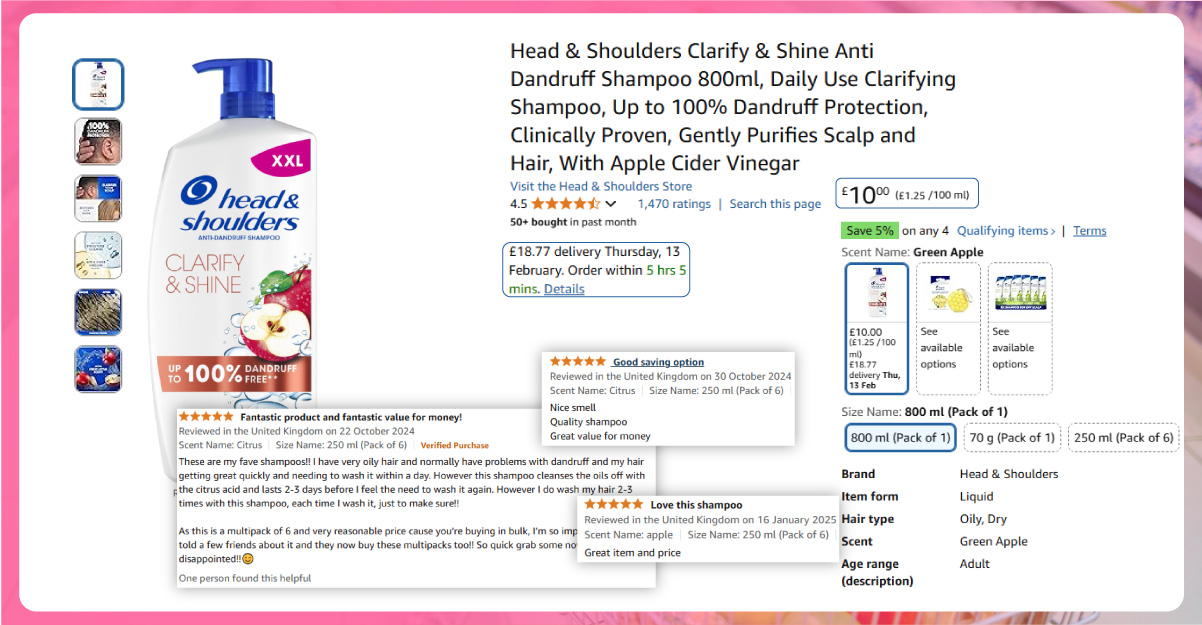
Real-time grocery data scraping enables businesses to respond swiftly to changes in the market. If a competitor lowers its prices on a popular product, a business can adjust its prices in real-time to remain competitive. Moreover, Extracting Real-Time Grocery Data for Quick Commerce Growth allows for dynamic pricing models that consider demand, supply, and competitor actions. For instance, businesses can offer discounts or promotions for specific items during peak demand hours, ensuring they remain competitive while maximizing profits.
The ability to adjust prices in real-time can significantly impact a business’s bottom line and ensure it maintains a competitive edge. With consumers comparing prices across multiple platforms before making a purchase, offering the best price for each product at the right moment is a key factor for quick commerce success.
2. Inventory Management and Stock Level Monitoring: Efficient inventory management is critical for any retail business but becomes essential in quick commerce. In this fast- paced environment, stockouts or excess inventory can lead to lost sales, dissatisfied customers, and operational inefficiencies. Web Scraping Grocery Data enables businesses to track inventory levels across multiple grocery platforms and providers, allowing them to monitor stock levels and update their inventories accordingly.
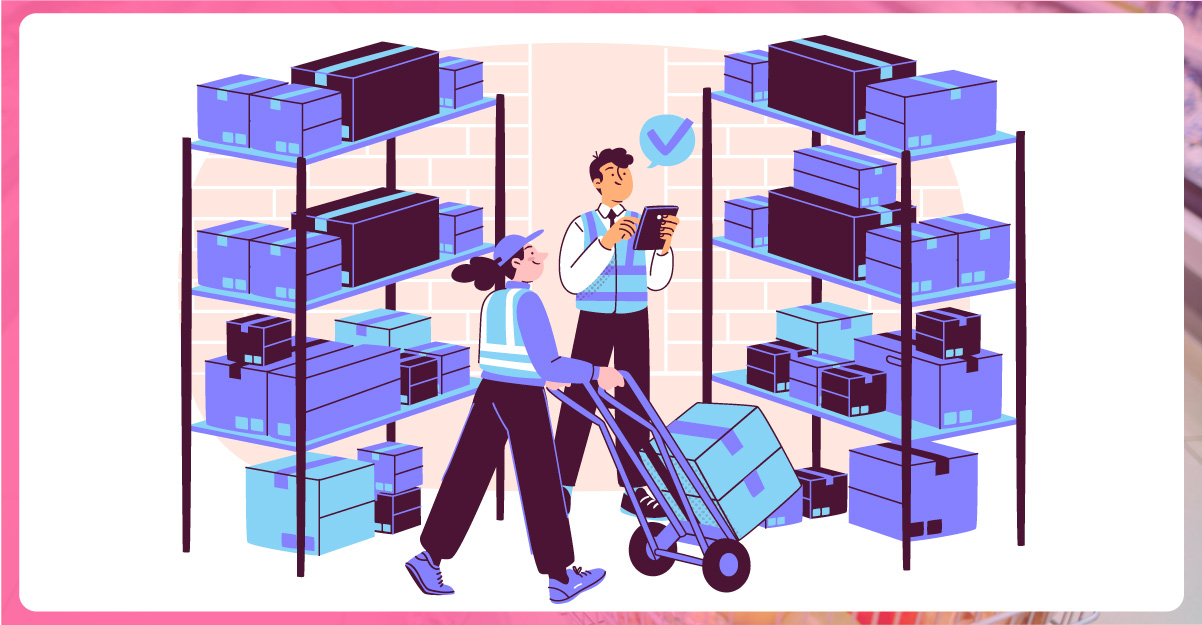
By scraping data on stock availability in real-time, businesses can ensure that they are always aware of product shortages, stockouts, or overstock situations. This allows businesses to react quickly to changes in stock availability and make informed decisions about restocking or discontinuing products. Moreover, businesses can use this data to predict demand and proactively manage inventory levels.
For example, if a particular product experiences a sudden spike in demand, businesses can quickly reorder it from suppliers to ensure it remains in stock. Similarly, if an item is not selling well, businesses can adjust by reducing its price or removing it from the catalog. Scraping Grocery Data to Improve Quick Commerce Operations empowers businesses to stay agile in a rapidly changing environment and keep their customers satisfied by minimizing the risk of stockouts and delays.
3. Optimized Customer Experience and Personalization: Personalization is a key factor in improving customer satisfaction and loyalty. With real-time data scraping, businesses can gather insights into customer preferences and shopping behaviors, allowing them to tailor their offerings to individual needs. For instance, real-time data scraping can help businesses identify popular products and trending items, enabling them to feature these products prominently on their websites or apps.
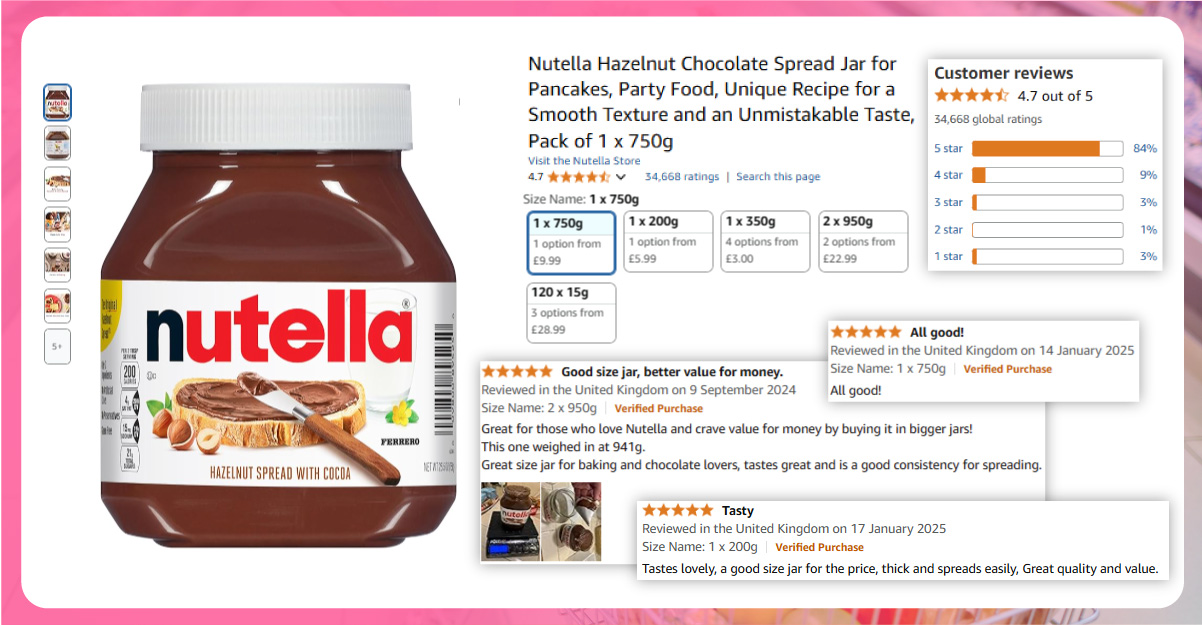
Additionally, data scraping can provide insights into customer behavior, such as the types of products they frequently search for or purchase. By analyzing this data, businesses can personalize their recommendations, send targeted offers, and enhance the shopping experience. For example, customers who regularly buy organic products could receive personalized recommendations for similar items, or those who frequently purchase snacks could be shown promotions on related products.
The key to success in quick commerce is providing a fast, seamless, and personalized shopping experience; real-time data scraping plays a central role in enabling this. By analyzing and leveraging real-time data, businesses can ensure they offer the right products to customers at the right time, enhancing the likelihood of repeat purchases and improving customer loyalty.
4. Competitive Intelligence and Market Insights: Real-time data scraping allows businesses to track and analyze competitor activities, providing valuable insights into market trends, pricing, promotions, and stock levels. With access to this competitive intelligence, businesses can make better-informed decisions, respond more effectively to market changes, and adjust their strategies accordingly.
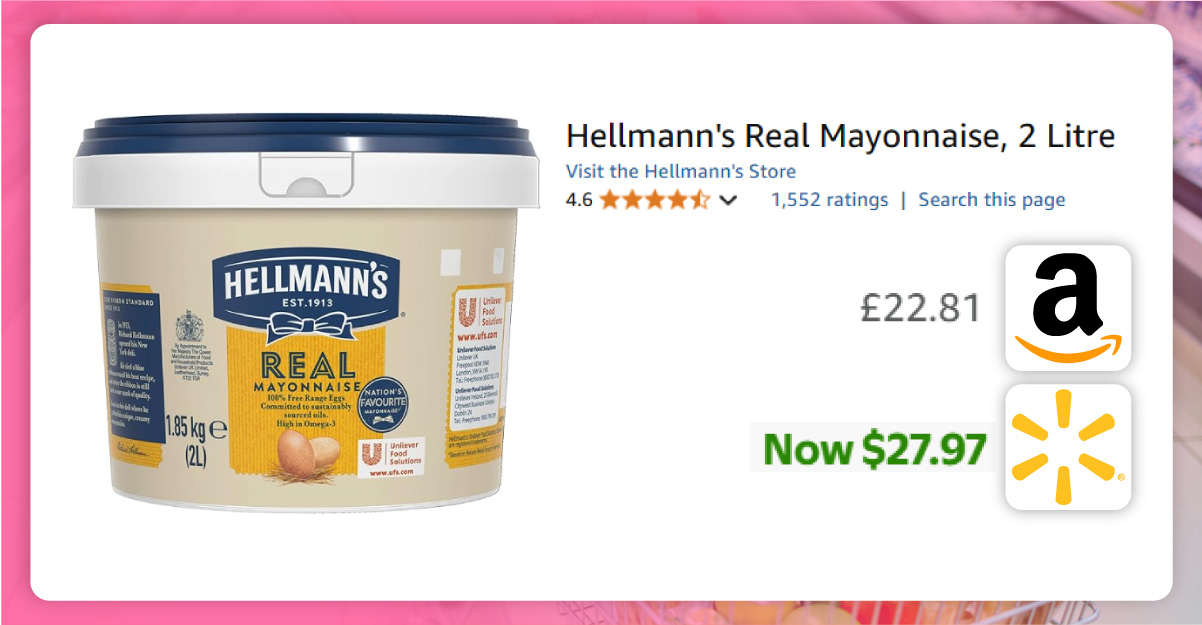
For example, businesses can monitor competitors’ pricing strategies, track which products are in high demand, and observe their promotional efforts. This information allows businesses to adjust their strategies and identify potential gaps in the market. Moreover, by analyzing competitor data, businesses can identify emerging trends and customer preferences, allowing them to capitalize on these trends before their competitors.
In quick commerce, where the speed of decision-making can make all the difference, having access to real-time competitor data is essential. By leveraging this information, businesses can refine their strategies, optimize their operations, and stay one step ahead of the competition. Quick Commerce Data Intelligence allows companies to remain at the forefront of the market.
5. Faster Response to Changing Consumer Demands: Consumer preferences and demands are constantly changing, and the ability to respond quickly to these changes is a key factor in quick commerce success. Real-time grocery data scraping enables businesses to stay on top of changing trends, consumer preferences, and seasonal variations in demand.
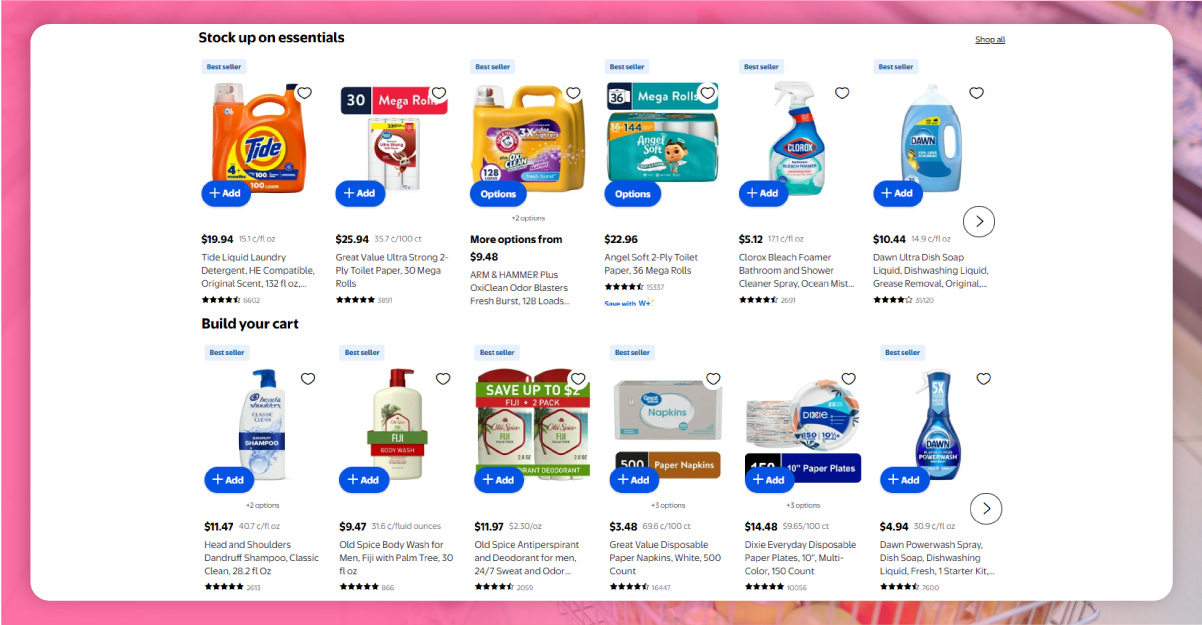
For example, suppose there is a sudden surge in demand for plant-based products or a particular food item due to a seasonal event. In that case, businesses can quickly identify this trend and adjust their product offerings. Similarly, real-time data scraping can help businesses monitor the popularity of specific products and detect shifts in consumer behavior. This allows businesses to react promptly and make decisions that align with current trends.
In the world of quick commerce, where consumer expectations are high and the market constantly evolves, businesses need to be agile and adaptable. Extracting Grocery Data for Quick Commerce Success helps businesses monitor these changes in real time and take immediate action to meet customer demands, ensuring continued success in a fast- moving environment.
6. Improved Delivery Efficiency and Logistics: In quick commerce, the speed of delivery is critical, and real-time grocery data scraping can help improve delivery efficiency and logistics operations. By scraping data related to delivery times, geographical preferences, and customer locations, businesses can optimize their delivery routes and ensure they meet customer expectations for fast delivery.
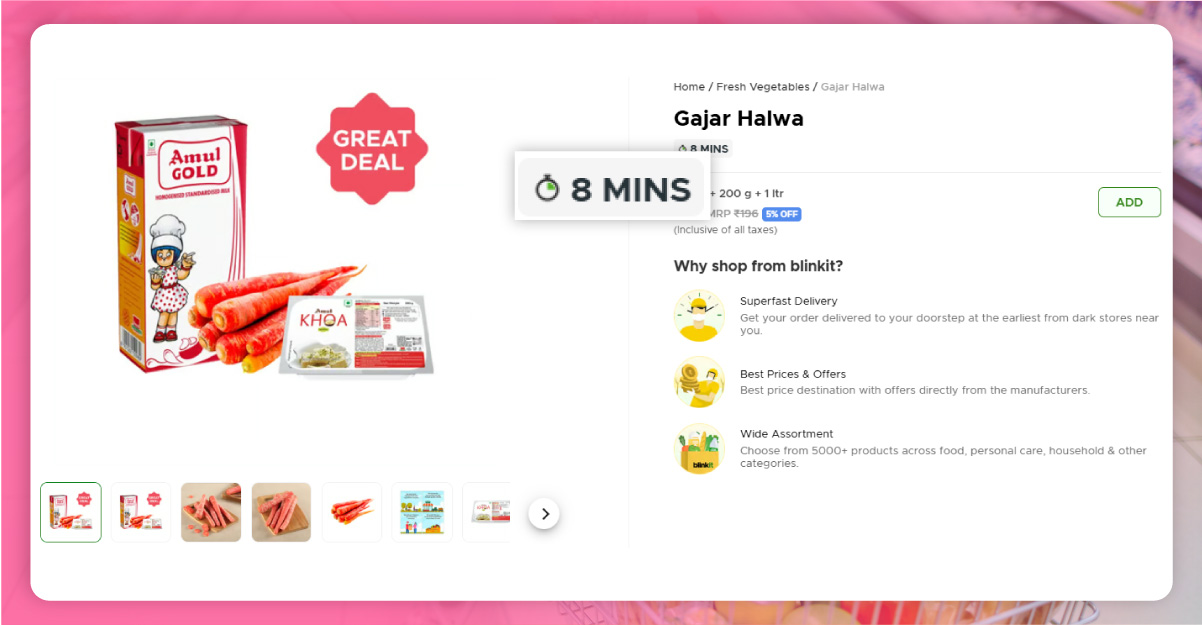
Real-time data scraping can also help businesses identify bottlenecks or delays in their logistics processes, allowing them to take corrective actions and ensure smooth operations. Additionally, by analyzing real-time data on order volumes and delivery locations, businesses can optimize delivery schedules and allocate resources more effectively.
The efficiency of delivery operations is one of the key factors determining success in quick commerce. Quick Commerce Datasets play a crucial role in enhancing the speed and accuracy of deliveries.
7. Supply Chain Optimization: Supply chain management is essential in quick commerce, where delays can lead to customer dissatisfaction. Real-time grocery data scraping can assist businesses in monitoring supply chain performance, tracking shipments, and managing supplier relationships.
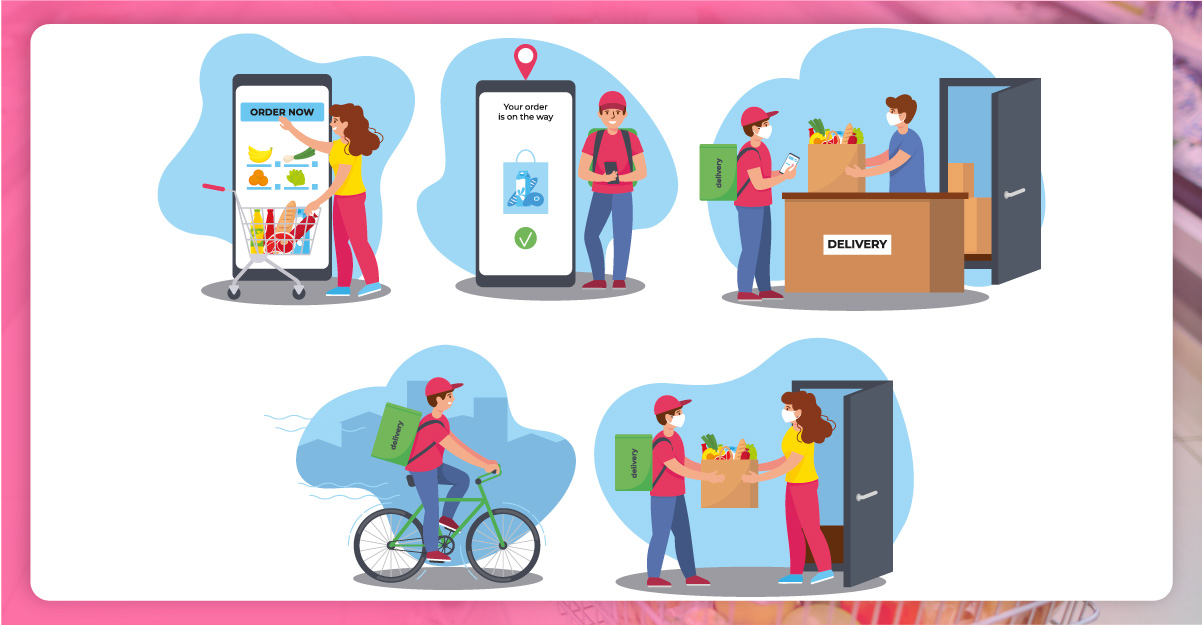
By scraping data on product availability and supplier performance in real-time, businesses can ensure they have the products they need when needed. Real-time data scraping also allows businesses to identify potential disruptions in the supply chain, such as delays or shortages, and take action to minimize their impact.
In an environment where speed and reliability are paramount, Data Extraction for Grocery Price Monitoring in Quick Commerce is essential for optimizing supply chain operations and maintaining a steady flow of products to meet customer demand.
Real-time grocery data scraping is an indispensable tool for businesses in the quick commerce sector. It allows them to make data-driven decisions, optimize their pricing and inventory strategies, enhance the customer experience, track competitor activities, and stay ahead of emerging trends. With access to up-to-the-minute data, businesses can stay agile, responsive, and competitive in a fast-moving market. As quick commerce continues to grow, real-time data scraping will play an increasingly critical role in shaping the industry's future and ensuring that businesses remain at the forefront of the market. Grocery and Supermarket Store Datasets are essential for gaining insights into consumer behavior and inventory management.
Real-time data scraping helps businesses remain competitive by providing access to the latest information, ensuring they can react swiftly to changing conditions. With the aid of Grocery Pricing Data Intelligence, companies can track price changes and market trends, helping them stay ahead in the pricing game.
Experience top-notch web scraping service and mobile app scraping solutions with iWeb Data Scraping. Our skilled team excels in extracting various data sets, including retail store locations and beyond. Connect with us today to learn how our customized services can address your unique project needs, delivering the highest efficiency and dependability for all your data requirements.